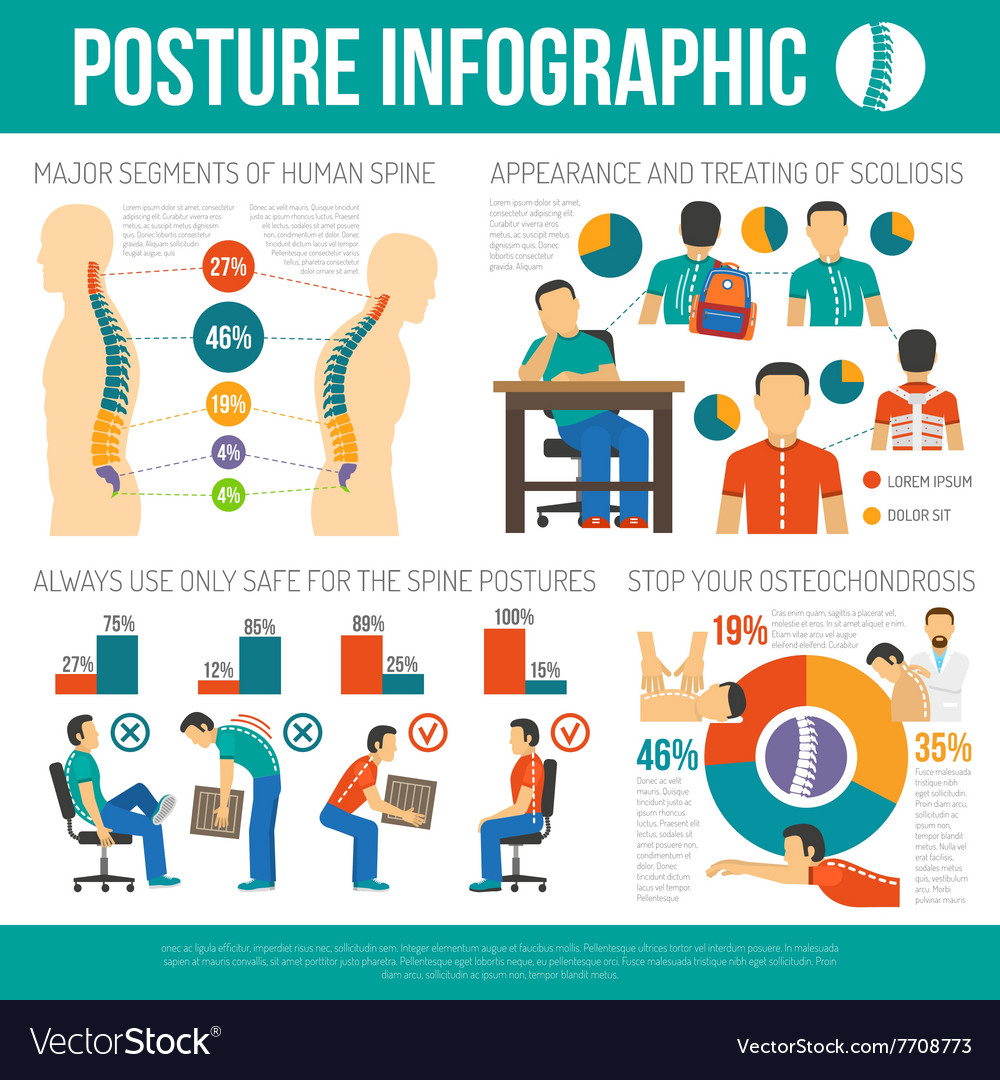Constant Tasks That Add To Neck And Back Pain And Ways To Prevent Them
Constant Tasks That Add To Neck And Back Pain And Ways To Prevent Them
Blog Article
Short Article Writer-Carstensen Harper
Maintaining proper position and avoiding usual challenges in day-to-day activities can substantially affect your back health and wellness. From just how you rest at your workdesk to how you raise hefty objects, tiny modifications can make a huge difference. Envision a day without the nagging back pain that prevents your every relocation; the service might be simpler than you believe. By making a couple of tweaks to your daily practices, you could be on your method to a pain-free presence.
Poor Pose and Sedentary Way Of Life
Poor position and a less active lifestyle are 2 major contributors to neck and back pain. When you slouch or inkling over while sitting or standing, you put unnecessary stress on your back muscular tissues and spine. This can result in muscle mass imbalances, tension, and at some point, chronic neck and back pain. In addition, sitting for extended periods without breaks or physical activity can weaken your back muscular tissues and lead to tightness and pain.
To deal with inadequate position, make a conscious initiative to rest and stand straight with your shoulders back and aligned with your ears. Remember to keep your feet level on the ground and prevent crossing your legs for extensive durations.
Integrating regular extending and enhancing exercises right into your everyday routine can also aid boost your posture and ease back pain related to an inactive way of living.
Incorrect Lifting Techniques
Inappropriate training strategies can dramatically add to pain in the back and injuries. When you raise hefty items, keep in mind to flex your knees and use your legs to lift, instead of relying upon your back muscular tissues. Stay clear of twisting your body while training and maintain the things near your body to reduce pressure on your back. what to do for back pain to keep a straight back and avoid rounding your shoulders while lifting to avoid unneeded pressure on your spinal column.
Constantly analyze the weight of the object before lifting it. If it's also heavy, ask for help or use tools like a dolly or cart to deliver it securely.
Bear in mind to take breaks throughout raising jobs to provide your back muscular tissues an opportunity to rest and prevent overexertion. By carrying out correct training techniques, you can avoid back pain and decrease the danger of injuries, guaranteeing your back stays healthy and balanced and solid for the long term.
Lack of Routine Exercise and Extending
A sedentary lifestyle devoid of routine exercise and extending can dramatically add to pain in the back and discomfort. When you do not participate in physical activity, your muscles become weak and inflexible, leading to bad pose and enhanced stress on your back. Normal workout helps reinforce the muscles that support your spine, boosting stability and reducing the risk of neck and back pain. Including extending into your regimen can additionally boost flexibility, preventing tightness and discomfort in your back muscular tissues.
To stay clear of neck and back pain brought on by a lack of workout and stretching, aim for at least 30 minutes of modest physical activity most days of the week. Include visit website that target your core muscles, as a solid core can aid reduce stress on your back.
In addition, take breaks to extend and relocate throughout the day, especially if you have a workdesk task. Straightforward stretches like touching your toes or doing shoulder rolls can aid soothe tension and stop pain in the back. Prioritizing routine workout and stretching can go a long way in keeping a healthy back and decreasing pain.
Verdict
So, remember to sit up straight, lift with your legs, and stay active to stop neck and back pain. By making simple modifications to your day-to-day behaviors, you can stay clear of the pain and limitations that include neck and back pain. Look after your spinal column and muscles by practicing excellent posture, appropriate lifting methods, and normal workout. Your back will certainly thanks for it!
